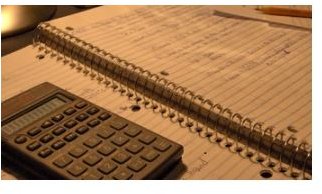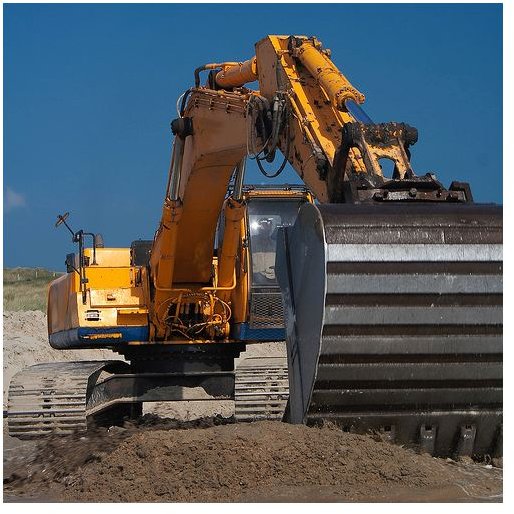Depreciation to Fixed Assets Ratio – How to Calculate & Interpret
Fixed Assets, including machinery, buildings and automobiles, are essential to the business model of many companies. Unfortunately, these assets lose value over time and will need to be replaced. To account for the loss, a business must write off portions of the asset’s value as depreciation. The depreciation to fixed assets ratio measures just how quickly a company is writing off those assets and may give clues on how fixed assets are being managed.
Depreciation is one of those expenses that doesn’t take cash out of the business. It really is an acknowledgment, by the business,
that it has lost some value from the aging, wear, and tear or obsolescence of its fixed assets, therefore, a portion of the gross income is set aside to cover this phantom expense.
Without depreciation charges, businesses would be overvalued. To illustrate, lets assume that a business had purchased a brand new vehicle ten years ago for $30,000 and it is the only asset it has. Let’s also assume that no depreciation was charged over the ten-year period. The books would show that this fixed asset was valued at $30,000, but since the car can only be sold for $7,000 at today’s prices, the business would be overvalued by $23,000.
How to Calculate the Depreciation to Fixed Assets Ratio

This ratio is a simple one to calculate. Simply take the depreciation figure that is given in the profit and loss statement, and divide it by the total fixed assets minus the value of lands owned. While land is a fixed asset it doesn’t depreciate so it has to be taken out. The formula for the ratio should look like this:
Depreciation to Fixed Assets Ratio = Depreciation / (Tangible Fixed Assets - Land)
How to Interpret the Depreciation to Fixed Assets Ratio
A high depreciation to fixed assets ratio may suggest that a business is writing off old equipment to make way for newer ones. A high ratio may suggest that the present fixed assets have a short useful life and, therefore, need to be replaced quickly. Of course, whether or

not a ratio is too high or low will, in part, depend the business’ industry or similar companies.
For example, mining operations are usually very harsh on equipment, so trucks in this industry will normally have higher depreciation values than would vehicles operating in less extreme environments; it all depends on what the fixed assets are used for and their build quality.
An interesting variation on the ratio is to use the accumulated depreciation figure, instead of the figure for the current period, to calculate the ratio. A high accumulated depreciation to the fixed assets ratio may indicate that the fixed assets have not be replaced with new ones in a timely manner. In other words, while the assets continue to depreciate there may be no cash to replace them.
Conclusion
Financial ratios can help an analyst make sense of a mess of numbers that is realized by companies. They give important clues as to how well a company is being run and what challenges they face. For example, the depreciation to fixed assets ratio can reveal how quickly assets are being written off or replaced as well as how quickly those assets are coming to the end of their useful life.
Image credits:
- Depreciation fixed assets ratio-financial ratios-factory-pic Michael Caven
- Accumulated depreciation fixed assets ratio-pic-tractor Terinea IT Support
- How to calculate the depreciation to fixed assets ratio-pic bgilliard
